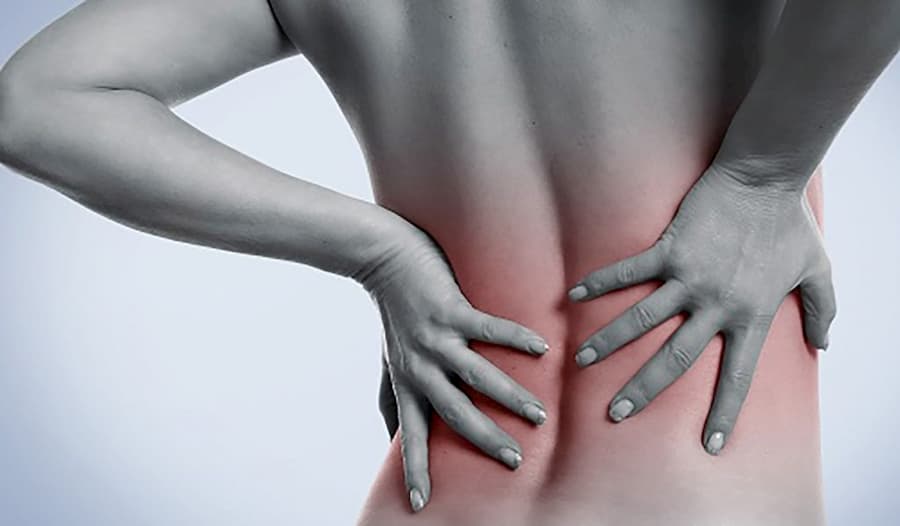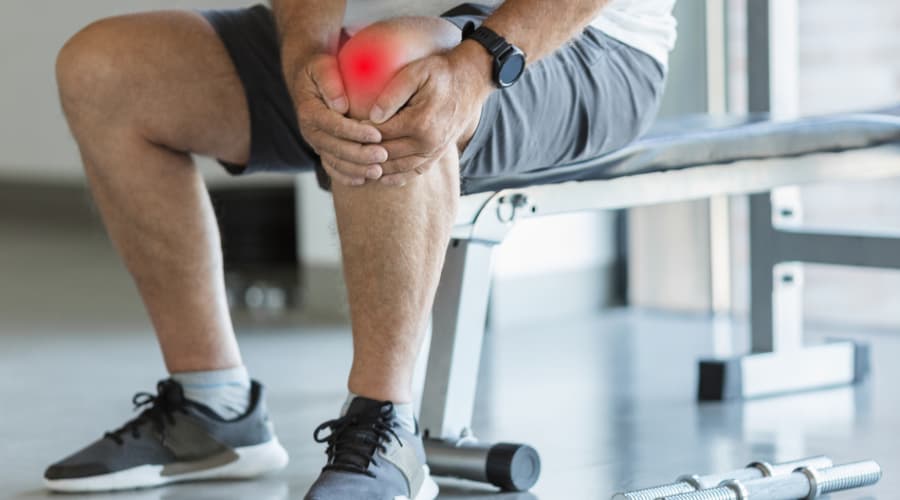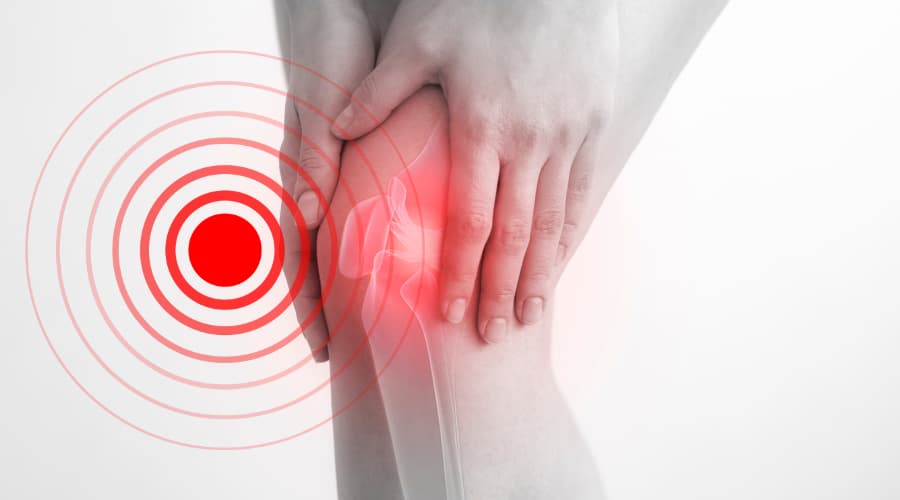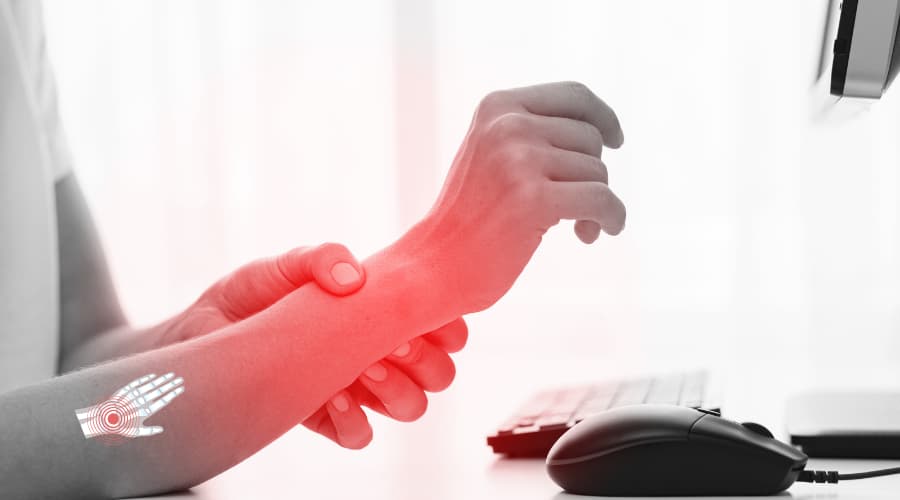Shockwave therapy treatment for physical rehabilitation in patients has come a long way in assisting therapists in easing and treating pain for their patients.
We look at shockwave therapy treatment, how it happens, what it treats, its advantages and disadvantages and who is eligible for treatment and the treatment process.
What Is Shockwave Therapy
Shockwave therapy treatment is a modern, innovative, safe, effective, and non-invasive alternative to steroid or surgery treatments for chronic soft tissue injuries. Shockwave therapy is primarily used to treat plantar fascia and other tendon injuries, including patellar, hamstring, tennis elbow tendinopathies gluteal and Achilles at a non-healing state. Shockwave therapy stimulates metabolic reactions that provoke and produce enzymes that successfully reduce pain from these chronic injuries. The process of applying these shock waves is referred to as extracorporeal shockwave therapy (ESWT) or radial shockwave therapy (RSWT)
What Does Shockwave Therapy Treat
Shockwave therapy is effective on almost all chronic injuries. It has, however, been used to treat, aid, and improve functionality after the following: Greater Trochanteric Pain Syndrome also known as lateral hip pain, Achilles tendinitis or heel Pain, Patellar tendinitis commonly known as jumper‘s knee) Calcific tendinopathy or the calcium deposits on the tendons, Proximal hamstring tendinitis, plantar fasciitis referred to as medial arch pain), Lateral Epicondylitis, commonly known as Tennis/ golf Elbow), Frozen shoulder or Periarticular shoulder pain, and buttock/hip pain, also known as Gluteus Medius tendinopathy, among others
How Does Shockwave Therapy Work
Shockwave therapy uses specially calibrated shockwaves targeting the injured tissue. The shockwave creates bubbles referred to as cavitation bubbles on the injured tissues, and when it bursts, it aids in stimulating pain-reducing enzymes, blood flow, and stem cell activity. This process encourages tissue regeneration as well as tissue normalisation. For this therapy to efficiently work, it must be followed by exercises aiding in managing and rehabilitating that tissue.
Before administration, there is the need for a clinical assessment that determines whether shockwave therapy is the proper intervention.
How Is It Done
The process is relatively painless and therefore does not require anaesthesia or sedation. Contact gel is applied on the injured muscles, and the calibrated shockwaves are applied and moved about on the specific injured area. Shockwaves are then sent through the skin into the affected area triggering our bodies to begin stem cell activation, enzyme production and increases blood circulation on the injured muscles as a way of responding to controlled trauma. The process, in turn, reduces pain and accelerates the healing of the damaged tissue.
Shockwave therapy as a pain relief therapy does not utilise electrical waves; instead, it uses acoustic waves or low energy sound. Once they penetrate the skin, these acoustic waves are very radical in both their shape and behaviour. They radiate as a shockwave on the affected muscle and treat only the affected area.
When a patient visits the doctor for this targeted type of therapy, a machine connected to a handheld device is used together with ultrasound gel or the contact gel and placed over the affected area. The therapist then applies light pressure moving around the device over the affected area. The device turns compressed air into sound waves that select and target only the areas requiring repair.
Once targeted to the affected area, the acoustic waves stimulate blood flow, causing localised inflammation in small amounts. The body is then triggered to heal this inflammation in the process of stimulation, both regeneration, and repair of damaged cells. Once the cells repair, the injury begins to heal, and the associated pain reduces acoustic or sound waves are also used in the treatment of scar tissues. Scar tissues are thick and fibrous with very little elasticity. The scar tissues cause immobility in an area, causing pain. Treating this scar tissue with shockwave therapy helps relieve the discomfort and increases mobility on the affected area.
Not Everyone Is Eligible For The Shockwave Therapy
Shockwave therapy works perfectly in relieving pain for those with the scar, ligament, tendon, among other discomforts. However, not everyone who visits a therapist’s office is eligible for the therapy. It’s therefore critical that the doctors take the patients’ medical history and assess their suitability.
Some groups of people are automatically not eligible. They include people with blood clotting disorders, pregnant women, if you have bone cancer, anyone with nerve disorders, haemophiliac patients, if a patient has metal plates or pins on the affected areas (prosthesis). Patients with severe circulatory disorders, if the patients had taken any anti-inflammatory painkillers in the last two weeks, if a patient has a nerve disorder and if the area requiring treatment is infected.
How Painful Or Uncomfortable Is The Treatment
Shockwave therapy session only takes a few minutes, approximately 10-15 minutes, but the patients stay with the therapist for about 30 minutes. This time allows the therapist to perform other ordinary physiotherapy interventions like exercise and tissue work rehabilitation. The process is both non-surgical and non-invasive. The procedure, however, may feel uncomfortable in the treatment area. Patients who have used the therapy in the past to relieve pain say that they experience small pulses against the skin during treatment. The doctor must adjust the use of the shockwave device if the patient feels significant pain during treatment.
Recovery time
Treatment time using shockwave therapy takes 10-15 minutes. It creates an inflammation that allows for the natural healing of the adjacent cells and encourages regeneration of the damaged cells.
The shockwave therapy is most effective when done on weekly intervals gradually for 3-5 treatments. The treatment is then followed by 2-3 months of a progressive strengthening program. The strengthening program takes back the treated part to its former glory by aiding in its functionality.
After each therapy session, the patient can go back to their everyday life almost immediately. They are, however, advised to give the body around 48 hours of rest before they go back to high-impact exercise like running. The patient may feel discomfort in the treated area, and it’s recommended that they take painkillers as long as they avoid any non-steroidal, non-inflammatory drugs like ibuprofen. These painkillers counteract the shockwave therapy treatment and render it useless.
After the shock-wave therapy treatment, the most evident symptom is that the patient may experience redness and swell on the treated areas. Some patients may also complain about increased pain in the treated area. This is, however, good because it’s an indication of the healing process. The symptoms subdue in the first 48 hours after treatment.
Some patients experience improvement of their original symptoms immediately after the first therapy session. In contrast, others may take 3-5 sessions, depending on the area and the intensity of the damage or injury. A patient must never apply ice to the treated area.
The process is quick and easy, less risky, affordable, proven to work, and there is little to no pain and discomfort.
Related Articles
- How Does Shockwave Therapy Work on Tendons
- Shockwave Therapy FAQs
- Are There Any Side Effects of Shockwave Therapy
- Types of Tendonitis that Shockwave Therapy Can Treat
- Can Shockwave Therapy Help With Musculoskeletal Problems




